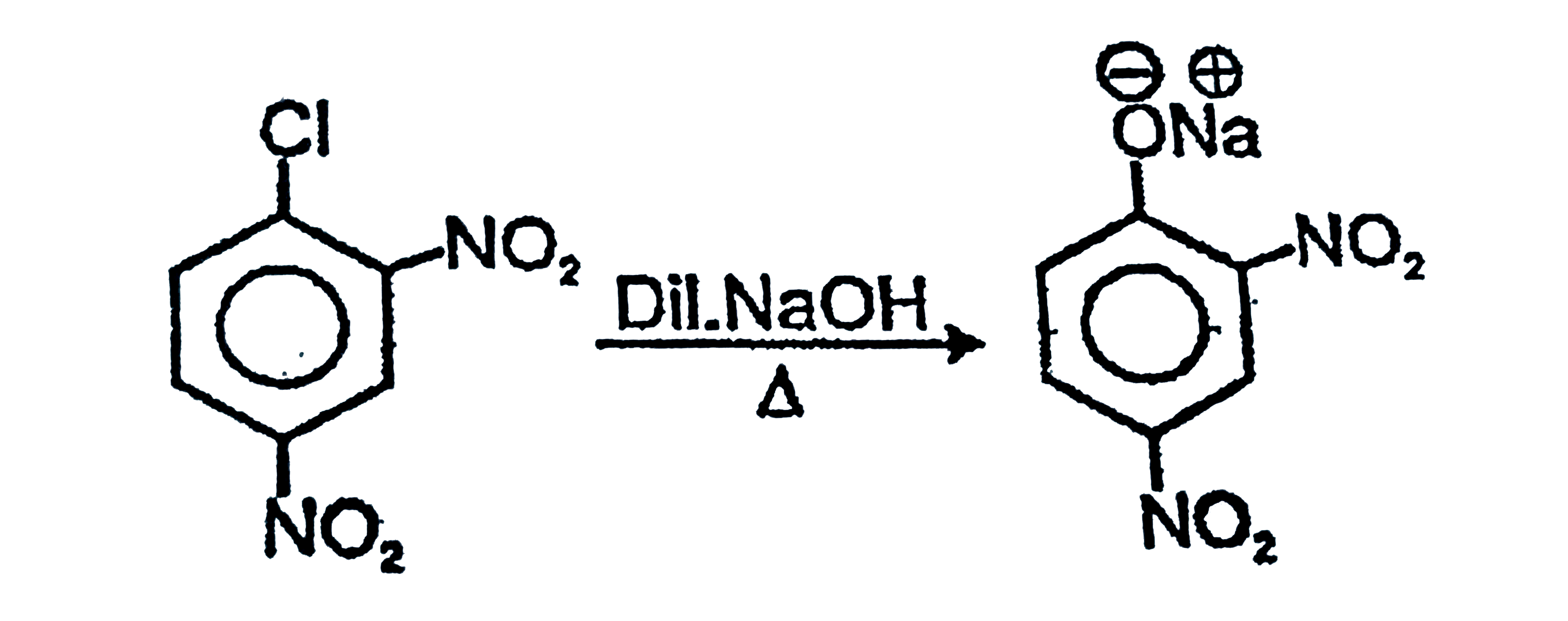Succession proceeds from
Xeric to mesic conditions
Hydric to mesic condition
Mesic to xeric condition
More than one option is correct
Step-by-Step Solution:
1. Understanding Succession: Begin by defining what succession is. Succession refers to the orderly, sequential, and predictable changes in a community of organisms over time, often in response to changes in the environment.
2. Types of Succession: Identify the two main types of succession based on environmental conditions:
- Hydric Succession: This occurs in wet or aquatic environments and proceeds from hydric (wet) conditions to mesic (moderately moist) conditions.
- Xerarch Succession: This occurs in dry environments and proceeds from xeric (dry) conditions to mesic (moderately moist) conditions.
3. Analyzing the Options:
- Option A (Xeric to Mesic): This is correct as xerarch succession moves from dry to moderately moist conditions.
- Option B (Hydric to Mesic): This is also correct as hydric succession moves from wet to moderately moist conditions.
- Option C (Mesic to Xeric): This is incorrect because succession does not typically proceed from mesic to xeric conditions.
- Option D (More than one option is correct): Since both Option A and Option B are correct, this option is also valid.
4. Conclusion: Based on the analysis, the correct answer is that succession proceeds from both xeric to mesic conditions and hydric to mesic conditions. Therefore, the best choice is Option D, as it acknowledges that more than one option is correct.
Final Answer: More than one option is correct (Options A and B).
---
- Hydric Succession: This occurs in wet or aquatic environments and proceeds from hydric (wet) conditions to mesic (moderately moist) conditions.
- Xerarch Succession: This occurs in dry environments and proceeds from xeric (dry) conditions to mesic (moderately moist) conditions.
- Option A (Xeric to Mesic): This is correct as xerarch succession moves from dry to moderately moist conditions.
- Option B (Hydric to Mesic): This is also correct as hydric succession moves from wet to moderately moist conditions.
- Option C (Mesic to Xeric): This is incorrect because succession does not typically proceed from mesic to xeric conditions.
- Option D (More than one option is correct): Since both Option A and Option B are correct, this option is also valid.
Topper's Solved these Questions
- ECOSYSTEMBOOK - VMC MODULES ENGLISHCHAPTER - ECOSYSTEMEXERCISE - IMPECCABLE
53 Videos
- ECOSYSTEMBOOK - VMC MODULES ENGLISHCHAPTER - ECOSYSTEMEXERCISE - ENABLE
50 Videos
- BIOTECHNOLOGY AND ITS APPLICATIONS BOOK - VMC MODULES ENGLISHCHAPTER - BIOTECHNOLOGY AND ITS APPLICATIONS EXERCISE - IMPECCABLE
51 Videos
- EVOLUTION BOOK - VMC MODULES ENGLISHCHAPTER - EVOLUTION EXERCISE - IMPECCABLE
54 Videos
Similar Questions
Knowledge Check
As the succession proceeds number and types of ____ change.
AvegetationBanimalsCvegetation and animalsDvegetation, animals and decomposersThe electrophilic aromatic substitution proceeds through a :
Afree radicalBsigma complexCbenzyneDcarbene
Succession is :
View SolutionOccur on newly cooled lava, Faster succession, Progress to mesic condition, Occurs on flooded land, Slower succession, changes in flora only.
From the above features, how many are associated with primary succession ?
View Solution
The above transformation proceeds through
View SolutionAssertion (A) Hydrolysis of (-)-2-bromooctane proceeds with inversion of configuration
Reason (R) This reaction proceeds through the formation of a carbocation.
View SolutionThe fraction of energy lost when an organism proceeds from one trophic level to the next trophic level is
View SolutionHydrarch succession and Xerarch succession doesn't differ in
View Solution
